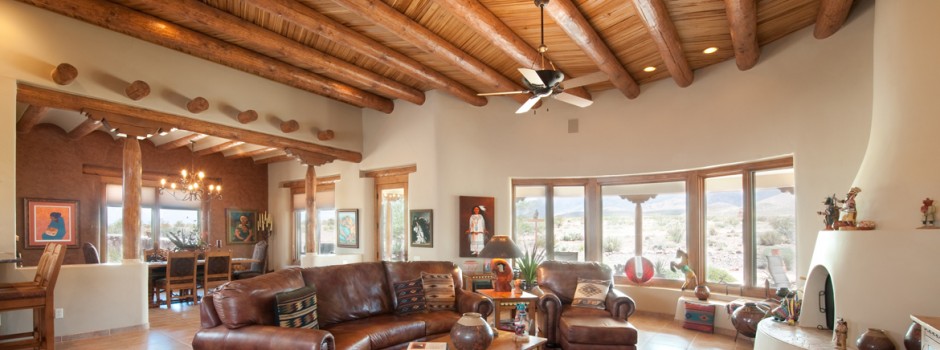I came across this article by Damon Embling, on Europe’s construction industry cutting carbon emissions and energy consumption by revisiting clay-based construction materials. It was too good not to share:
The concept of building with biomaterials is nothing new – mud and grass has been used in some countries for centuries. “Thirty percent of houses in Germany include clay as building materials. Many of them have stood for more than 100 years,” said Manfred Lemke, from Claytec, a Germany-based developer and producer of clay building materials and systems.”
Ancient buildings with clay can be visited all over the world, the oldest date back to 10,000 BC. Other materials haven’t boasted such a life span.” But in today’s construction industry, bio-based insulation materials are relatively niche. This is due to higher costs and because builders are yet to be fully convinced that alternative ingredients – plant waste, straw, clay, grasses and the like – are reliable, and the way forward. “Of course, modern times need more guarantees than just experience,” commented Lemke.
But there are pros and cons. See the full article here.
If it can’t be solid wood, what’s the next best building material? Here’s an article that discusses how clay-based building systems provide longevity, reduce the total embodied energy of a new home, and provide all of the benefits of thermal mass. Like solid wood walls, the article notes that clay-based materials improve indoor climate while being easy to maintain and repair. Sound familiar? Learn more about this here or from this pdf.



Recent Comments